 2019 Peugeot 208 II (Phase I, 2019) Dimensions, Size & Specs
2019 Peugeot 208 II (Phase I, 2019) Dimensions, Size & SpecsMeasurements of the 2019 Peugeot 208 II, engineered for optimal performance and comfort
| Dimensions | |
|---|---|
| Length: | 4055 mm159.6 in13.3 ft |
| Width: | 1745 mm68.7 in5.7 ft |
| Width (Opened Mirrors): | 1960 mm77.2 in6.4 ft |
| Height: | 1430 mm56.3 in4.7 ft |
| Trunk Capacity: | 265 liter9.4 cu ft |
| Trunk Capacity (Max): | 1106 liter39.1 cu ft |
| Weight Specifications | |
| Curb Weight: | 980-1455 kg2161-3208 lbs |
| Maximal permitted Weight: | 1510-1910 kg3329-4211 lbs |
| Tire Specifications | |
| Rims Sizes: | 16-inch rims:
|
| Tire Sizes: |
|
The Peugeot 208 II (Phase I), produced between 2019 and 2023, is a stylish and modern compact hatchback designed to offer practicality combined with dynamic urban driving capabilities. Measuring 4055 mm (159.6 inches) in length, 1745 mm (68.7 inches) in width excluding mirrors, and 1430 mm (56.3 inches) in height, the 208 II is perfectly sized for navigating tight city streets while providing sufficient internal space for passengers and cargo. When the side mirrors are opened, the width expands to 1960 mm (77.2 inches), which is an essential consideration for parking and maneuvering in narrow spaces.
The vehicle’s curb weight ranges from 980 kg (2161 lbs) to 1455 kg (3208 lbs), reflecting different trims and optional equipment packages. It supports a maximum weight between 1510 kg (3329 lbs) and 1910 kg (4211 lbs). This weight range underscores its efficient build, contributing to spirited handling and fuel economy.
Storage capability in the Peugeot 208 II is highly practical, featuring a luggage capacity of 265 liters (9.4 cubic feet) with rear seats upright—a respectable capacity for the segment. Folding down the rear seats dramatically increases the usable volume to 1106 liters (39 cubic feet), making it ideal for carrying larger items or luggage for weekend trips.
The 208 II comes equipped with various rim sizes ranging from 6.5J x 16 to 7J x 17 inches, and tire options include 195/55 R16, 205/45 R17, 205/45 R17 V, 185/65 R15 T, and 195/55 R16 H tire sizes, allowing buyers to customize for comfort, grip, and performance. This versatility adds appeal to drivers seeking either sporty appearance or efficient road manners.
Overall, the Peugeot 208 II (2019-2023) stands out in the compact hatchback category with its balanced dimensions, lightweight construction, and flexible interior space, catering well to urban commuters, small families, and anyone looking for a capable yet compact vehicle.
Discover the standout features that make the 2019 Peugeot 208 II a leader in its class
Have a question? Please check our knowledgebase first.
The Peugeot 208 II (Phase I, 2019), produced from 2019 to 2023, measures 4055 mm (159.6 inches) in length, 1745 mm (68.7 inches) in width, and 1430 mm (56.3 inches) in height. These dimensions reflect its compact hatchback design, balancing urban maneuverability with interior space.
With mirrors opened, the Peugeot 208 II measures 1960 mm (77.2 inches) in width. This is crucial for understanding how much space the car occupies on the road and in parking spaces. The mirror width affects the car’s clearance in tight parking spots and narrow streets, important for daily driving convenience.
The curb weight of the Peugeot 208 II ranges between 980 kg (2159 lbs) and 1455 kg (3209 lbs), depending on the variant and equipment. A lighter curb weight typically enhances fuel efficiency, acceleration, and handling, while heavier models may offer more features or structural reinforcements.
The maximum weight capacity varies between 1510 kg (3329 lbs) and 1910 kg (4210 lbs), signifying the total permissible weight including passengers, cargo, and the vehicle itself. Staying within this limit is vital for safety, ensuring optimal braking, handling, and tire performance.
With rear seats in place, the Peugeot 208 II offers 265 liters (9.36 cubic feet) of luggage capacity, suitable for everyday grocery runs or small luggage. Folding the rear seats expands the space to 1106 liters (39.05 cubic feet), accommodating larger items and enhancing versatility for trips or bulky cargo.
The Peugeot 208 II supports several tire and rim configurations, including rims sizes of 6.5J x 16, 7J x 17, and other variations in 15-, 16-, and 17-inch diameters. Tire sizes include commonly 195/55 R16, 205/45 R17, 185/65 R15, among others. These sizes balance ride comfort, handling, and aesthetics for this hatchback.
Given the Peugeot 208 II’s compact dimensions—about 4055 mm (159.6 inches) long and 1745 mm (68.7 inches) wide—plus 1960 mm (77.2 inches) with mirrors open, it typically fits comfortably into a standard garage. Standard garage dimensions generally start around 2.4 meters (7.87 feet) in width and 5.5 meters (18 feet) in length, so parking the 208 II inside should be hassle-free for most garages.
Compared to the first-generation Peugeot 208 (2012-2019), the 208 II is slightly larger in overall dimensions, enhancing interior space and comfort. The length of the 208 II at 4055 mm (159.6 inches) is generally similar, but it features a more modern, aerodynamic design with improved width and height for better passenger room. This evolution reflects Peugeot’s effort to maximize practicality while maintaining a compact footprint.
The Peugeot 208 II is competitively sized within the subcompact hatchback class. It is close in length to rivals such as the Ford Fiesta (about 4040 mm) and Volkswagen Polo (approximately 4053 mm). In width, the 208 II at 1745 mm is slightly narrower than some competitors but compensates with smart interior packaging. Its height of 1430 mm provides a balanced stance. The 208 II’s luggage capacity (265 liters) is on par with or slightly less than some rivals, but its flexible rear seats offer substantial cargo expansion.
The Peugeot 208 II (2019-2023) is predominantly available as a 5-door hatchback, focusing on urban usability and practicality. The generation offers various trims and powertrain options, including efficient gasoline, diesel, and electric variants (like the e-208). While hatchback remains the main body style, high customization with different wheel sizes and interior features caters to a wide range of customer preferences.
Discover similar sized cars.
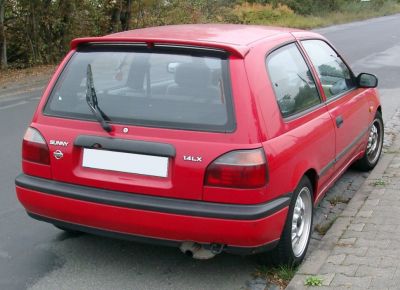
| Production: | 1990-1995 |
|---|---|
| Model Year: | 1991 |
| Length: | 3975 mm156.5 in |
| Width: | 1690 mm66.5 in |
| Height: | 1395 mm54.9 in |
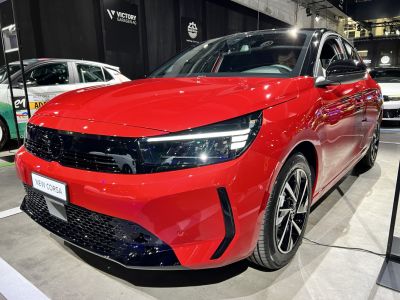
| Production: | 2023-present |
|---|---|
| Model Year: | 2023 |
| Length: | 4061 mm159.9 in |
| Width: | 1960 mm77.2 in |
| Height: | 1435 mm56.5 in |
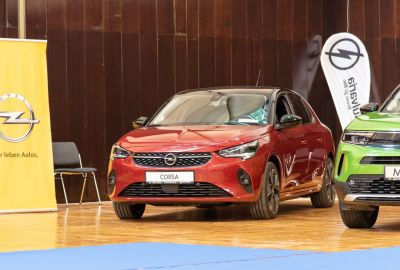
| Production: | 2019-2023 |
|---|---|
| Model Year: | 2020 |
| Length: | 4060 mm159.8 in |
| Width: | 1960 mm77.2 in |
| Height: | 1435 mm56.5 in |
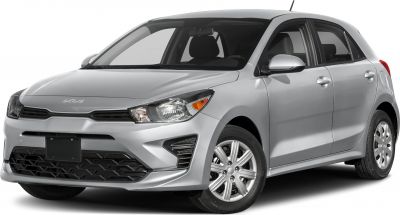
| Production: | 2020-present |
|---|---|
| Model Year: | 2021 |
| Length: | 4064-4070 mm160.0-160.2 in |
| Width: | 1993 mm78.5 in |
| Height: | 1450 mm57.1 in |

| Production: | 2017-2020 |
|---|---|
| Model Year: | 2017 |
| Length: | 4065 mm160.0 in |
| Width: | 1990 mm78.3 in |
| Height: | 1450 mm57.1 in |
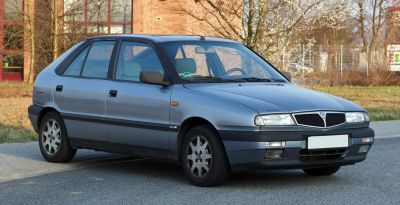
| Production: | 1993-1999 |
|---|---|
| Model Year: | 1993 |
| Length: | 4011-4100 mm157.9-161.4 in |
| Width: | 1703-1760 mm67.0-69.3 in |
| Height: | 1430 mm56.3 in |
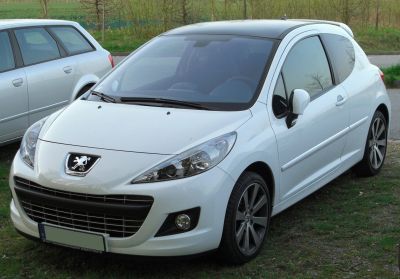
| Production: | 2009-2012 |
|---|---|
| Model Year: | 2009 |
| Length: | 4045 mm159.3 in |
| Width: | 1972 mm77.6 in |
| Height: | 1472 mm58.0 in |
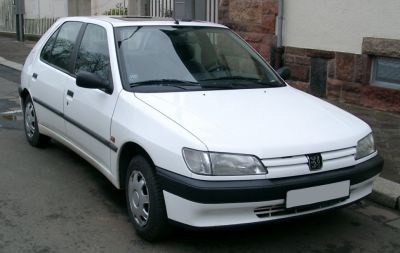
| Production: | 1993-1997 |
|---|---|
| Model Year: | 1993 |
| Length: | 3995 mm157.3 in |
| Width: | 1695 mm66.7 in |
| Height: | 1365-1380 mm53.7-54.3 in |
